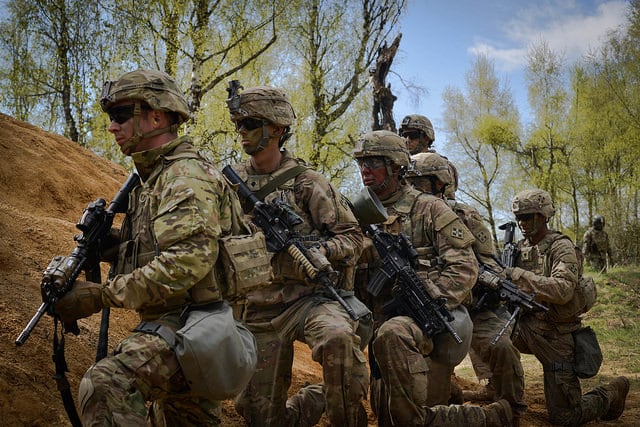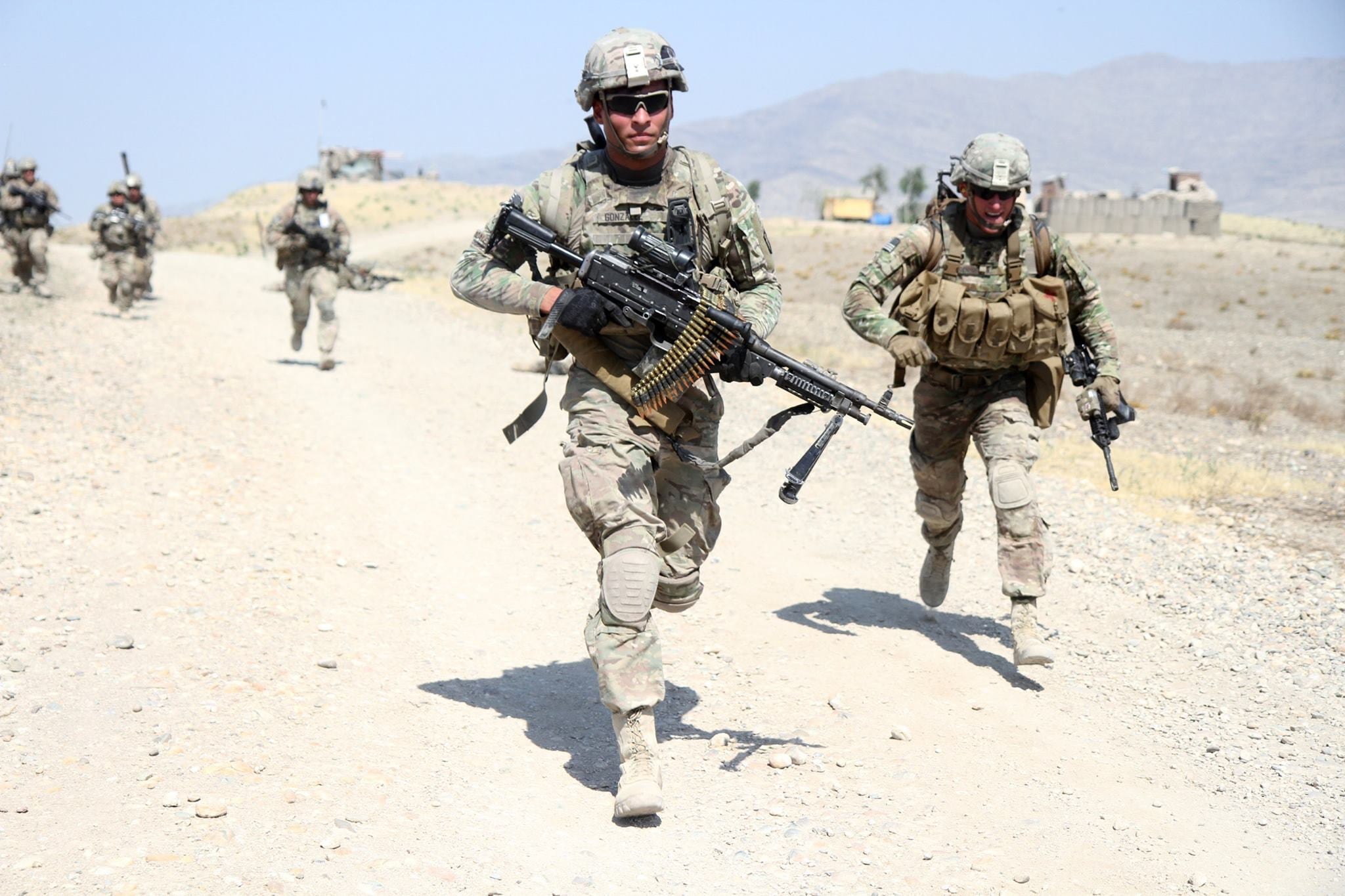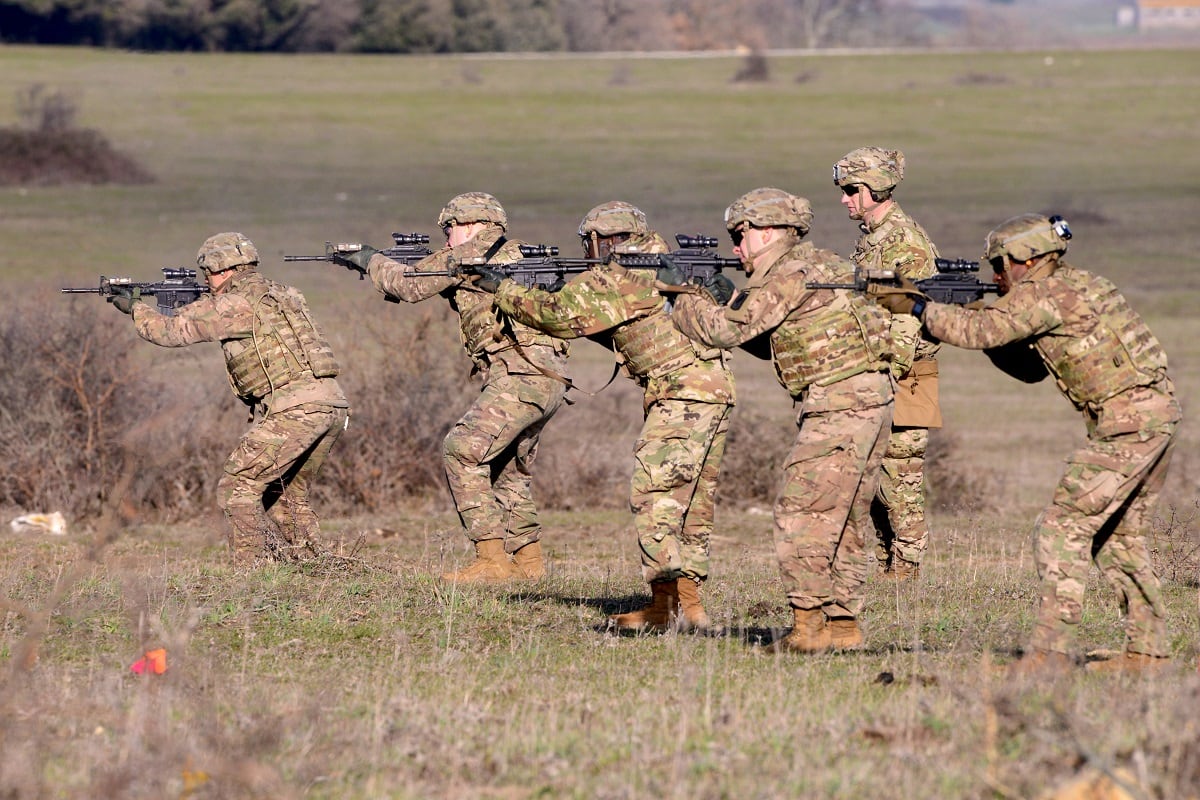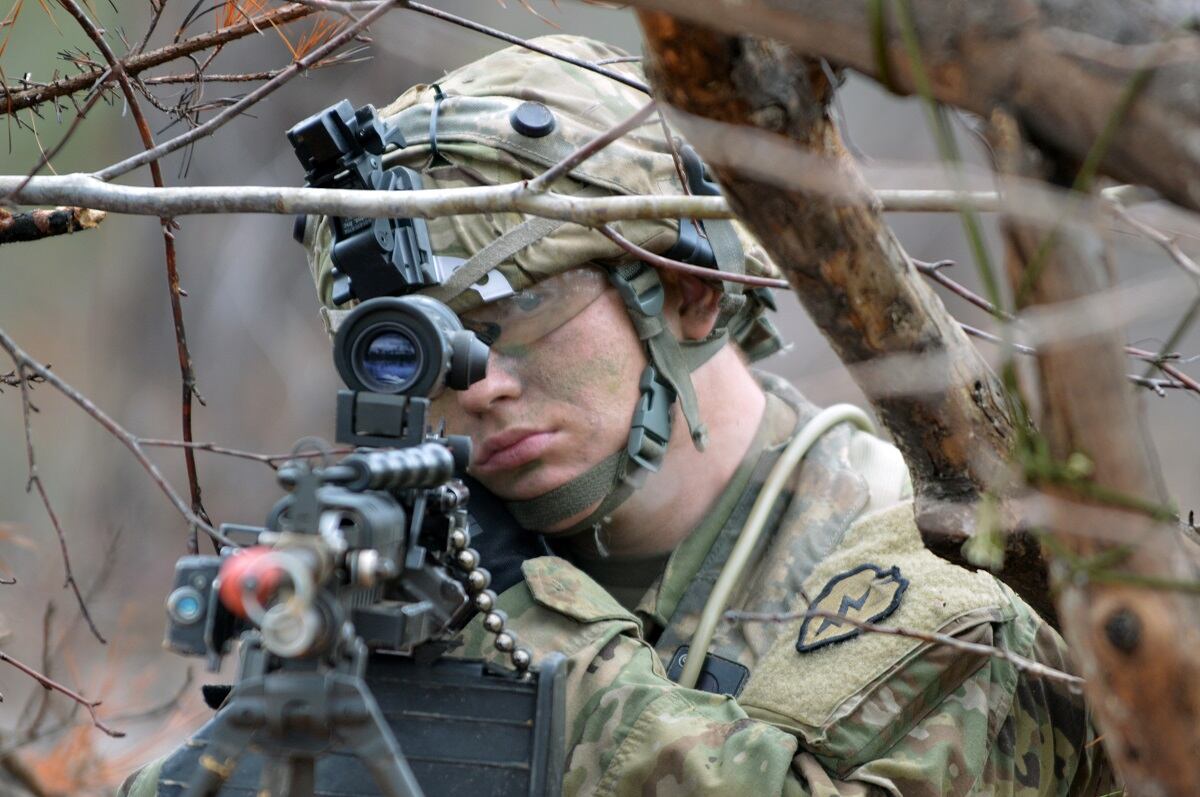INDIANAPOLIS ― The lead man tasked by Defense Secretary Jim Mattis with transforming everything infantry and close combat on Tuesday challenged industry and government leaders to put a leap-ahead rifle in his boss’ hands in less than two years — or else.
Retired Army Maj. Gen. Bob Scales was a keynote speaker at the annual National Defense Industry Association Armament Systems forum here, and he didn’t waste any time launching into a takedown of key components that equip the close combat infantryman.
Scales recounted how he’d spoken at the conference three years ago, pushing industry and government procurement officials to create an intermediate caliber rifle with a piston action, polymer ammunition casing, a suppressor and digital fire controls.
“Now, in 2018, does any of that sound familiar?” he asked.
Scales is the chairman of the Department of Defense’s recently created “Close Combat Lethality Task Force.” The task force formed at Mattis’ direction and has $2.5 billion to fundamentally transform all things close combat for Army and Marine infantry and Special Operations troops.
The rifle he described in his opening remarks is handled under the Next Generation Squad Weapon project, headed by the Army.
But there, too, are problems, he noted.
The NGSW program was aimed at making a rifle or carbine to replace the flawed M16/M4 system, which Scales has railed against since his own experience with early versions of the M16 in Vietnam.
But an incredulous Scales told the audience that developers on the NGSW are now prioritizing the light machine gun in a program called the Next Generation Squad Automatic Rifle to replace the Squad Automatic Weapon, with the rifle or carbine to come later.
“It’s the Next Generation rifle or carbine, damn it,” Scales said.

The change in focus means that under current schedules, the rifle/carbine won’t be ready until 2024.
That is not acceptable, Scales said. To either him or his boss.
“Let me tell you something, folks. It’s not working,” Scales said. “Make the rifle by 2020. My God, folks, it’s a nine-pound piece of steel. The cost isn’t as much as a lug nut on a B-1 bomber.”
RELATED

Officials with the NGSW project expect machine gun prototypes by late 2019 or early 2020. Those changes will include an intermediate caliber. Currently, a government-developed 6.8mm round is being tested.
Snipers with Special Operations Command will see a barrel swap on their 7.62 mm rifles as early as next year to a commercially available 6.5 mm caliber.
“The SecDef said before he leaves office in 2020, if [President Donald] Trump is not re-elected, he’s going out to a range somewhere to shoot that rifle,” Scales said. “If you don’t get something in the field by then, you’ve failed.”
He pointed to lives lost due to small arms and other infantry equipment holes from Vietnam to Afghanistan to last year’s deaths of special operations soldiers in Niger.
“If you’d listened to me three years ago, those soldiers in Niger would have had this rifle in their hands,” Scales said. “So, take that to bed tonight.”
RELATED

The historic reluctance to leap ahead on the rifle, Scales said, is the “pure fleeting” concept, in which every service member carries the same basic rifle.
That has ended, he said.
“No more pure fleeting,” he said.
The rifle project is supposed to be one of the first level “low-hanging fruits” of the overall task force mission, Scales said.
Advances in communications, training and other items will come next.
Body armor will be a major focus. The technology isn’t quite there yet, but what’s needed is a lightweight body armor that can protect from a 7.62mm round at 400 meters from neck to groin.
That, Scales hopes, will come from industrious small business, because like many things infantry, the small piece of equipment is extraordinarily valuable for the less than 4 percent of the fighting forces involved in close combat, but it doesn’t attract the dollars that bomber and ships do.
Todd South has written about crime, courts, government and the military for multiple publications since 2004 and was named a 2014 Pulitzer finalist for a co-written project on witness intimidation. Todd is a Marine veteran of the Iraq War.




